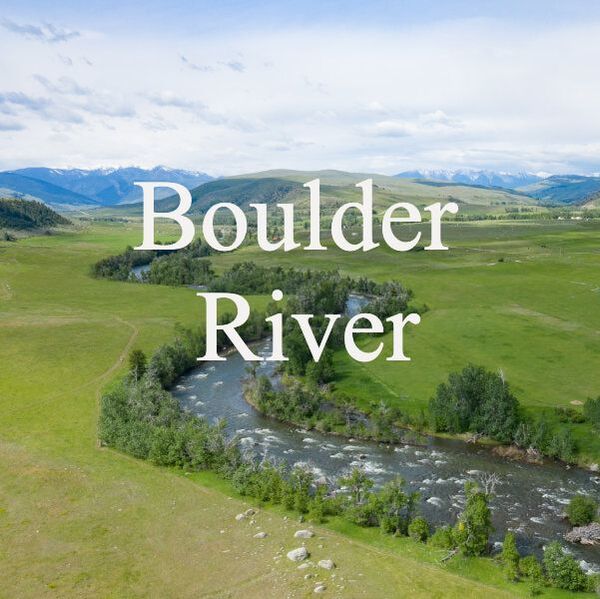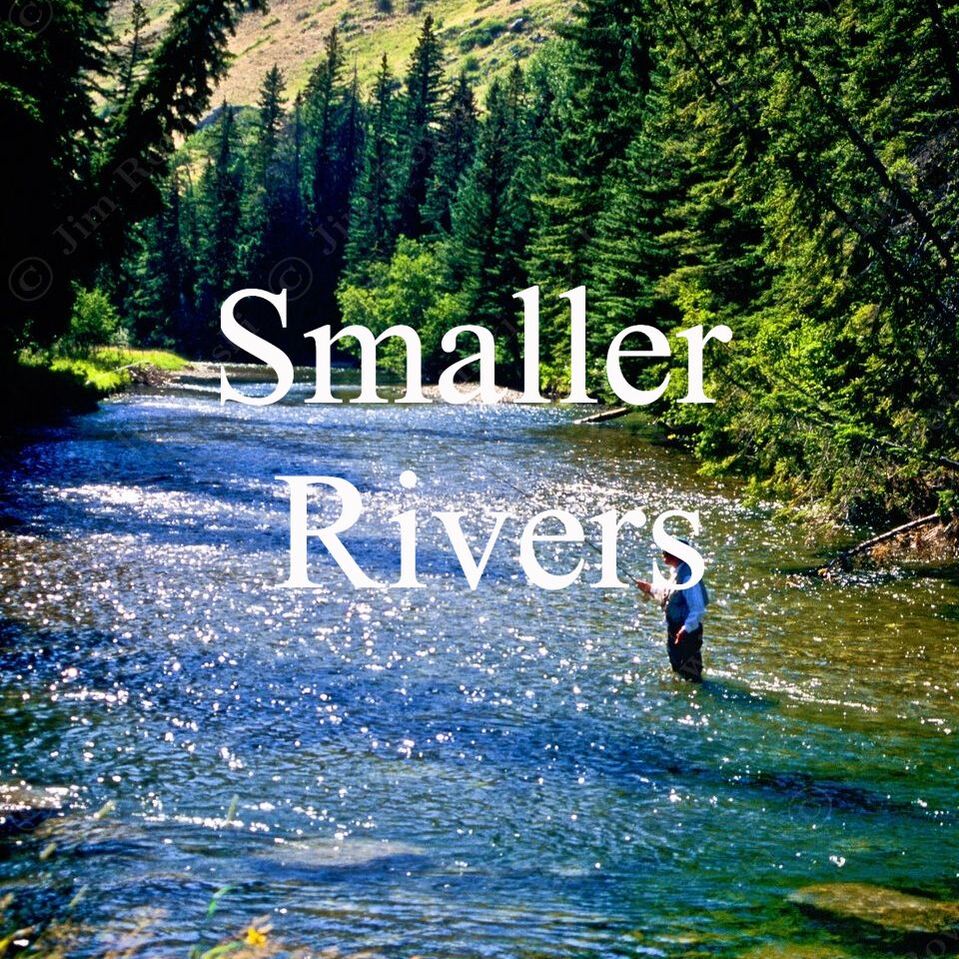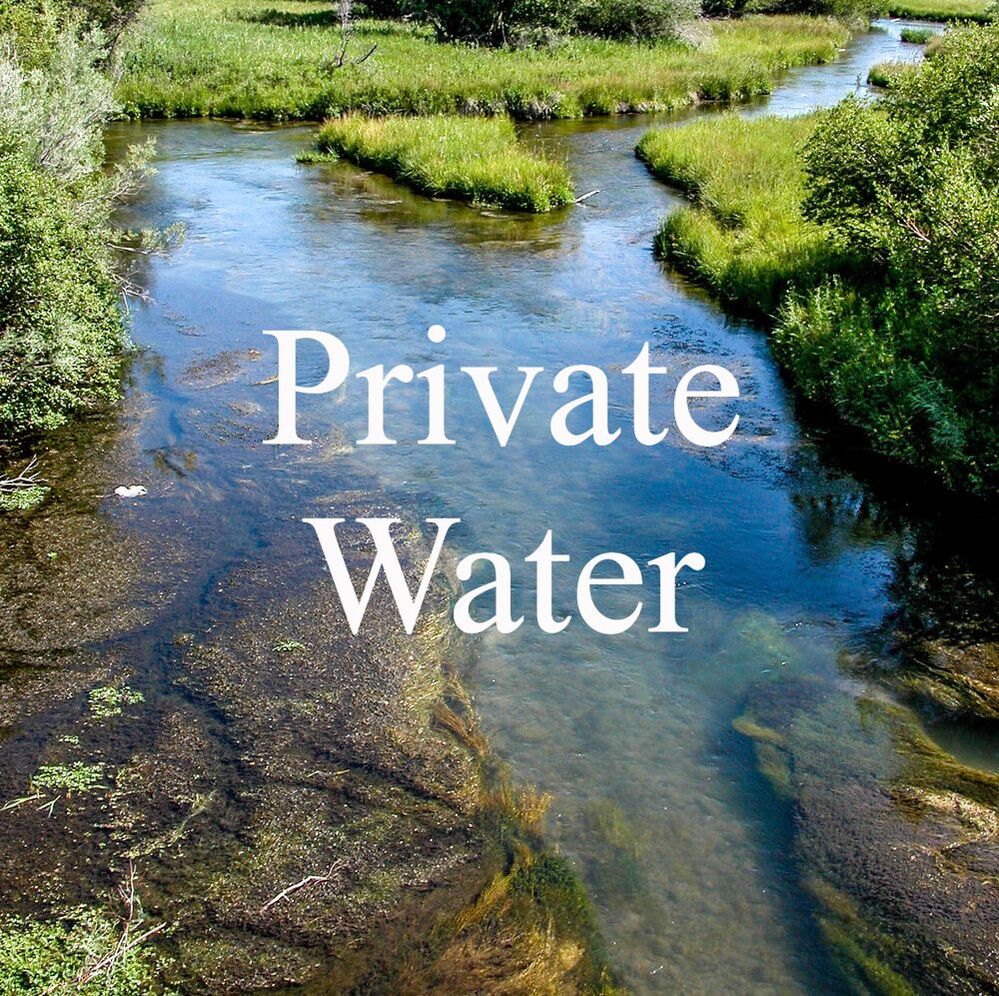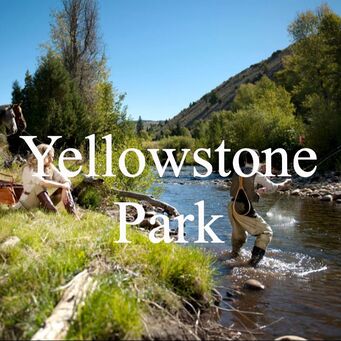|
|
The Stone is the longest free-flowing river in the United States and is internationally known as the premier trout fishery. Besides being home to large brown, cutthroat and rainbow trout, the river itself has such a wide variety of habitat that it offers excellent dry fly fishing as well as sub-surface fishing with nymphs and streamers. Due to The Stones length in Montana and the fact that quality trout fishing is found from Billings upstream to Yellowstone National Park(160 miles), we focus our float trips to find the perfect balance of floating pressure with strong fish numbers and draw on our in-depth local knowledge considering the time of year, water conditions, and active insect hatches. The Yellowstone River is one of those that fish well nearly all season long. The only time we don't recommend fishing is during the annual spring run-off that typically starts in mid-May and lasts through June. It fishes particularly well in March and April, prior to the run-off and again just after run-off in July through October. March and April are often overlooked, but produce the most reliable hatches including March Brown's, Baetis and the often spectacular Mother's Day Caddis hatch. Post run-off, Salmonflies, Golden Stones, Green Drakes, PMDs, Caddis, and Yellowsallies are present, sometimes in great numbers. As summer heats up Grasshoppers, ants, beetles, and the Giant Western Golden Stones are present. Fall brings Drakes, Baetis, and midges. **Content Credit: Rocky Fork Outfitters The Yellowstone is by all standards, a very large trout river. Many people take one look at the Yellowstone and then drive somewhere else. This is a serious mistake! The “Stone” contains some of the largest and meanest trout in the State of Montana. The number of fish over 20 inches in this river is very impressive. Not only are the trout long, but they are wide and deep as well. The large fish in the Stone reflect the high productivity of this river. If you are looking for a truly large trout, this is the place to try your luck. Hatches on the lower Yellowstone are not a major fish enticer. Fish in this river don‟t reach these large sizes eating itty-bitty bugs or other appetizers; they‟re looking for a double cheeseburger with extra curly fries. In other words, these guys got big by eating big stuff. The river from Big Timber to Columbus contains lots of baitfish, crayfish, frogs, etc. Insects play a minor role in the care and feeding of the fish that live in the lower Yellowstone except during the spring of the year or during hopper season. These fish are keyed into large streamers and nymphs for the most part. Fish in the Yellowstone are not distributed evenly throughout the river. Focusing your fishing at the junction of the riffles and pools will pay dividends. Forget the long flat stretches of water between the riffle and pool junctions. Wading the Yellowstone is relatively easy. The bottom usually consists of sand and gravel, not the large cobbles and boulders found on other area rivers. However, don‟t become complacent while wading the Stone, the current is very strong and deep in many places. The best fishing in this river is usually found in the time period between late July and mid November. However, spring (pre-runoff) fishing can be very productive on warm overcast windless days. Baetis mayflies (size #16 to 14) hatch on the Stone from late March to mid-April. March Browns can literally blanket the water during the month of April. The most productive method to find feeding fish is to float and then cast to rising fish. The Yellowstone has a tendency to blow out (turn muddy, high and unfishable) from late April to the first week in July due to snowmelt in the surrounding mountains. The river begins above Yellowstone National Park and runs through some highly erosive soils. As April temperatures reach 70 degrees, this usually spells the end of the spring fishing and signals the beginning of runoff. As snowmelt decreases in early July, the river clears and the fish begin really looking for a meal, after all, their diet has been restricted for quite a long time. Large, light colored streamers such as bunny fur, zonkers, or wooly buggers can provide great action. Also, don‟t forget black, brown, or olive wooly buggers. The trick is to get the bug down in the water column and then vary the stripping speed. By the middle to the end of July and continuing into mid-September, the fly of choice is definitely a grasshopper imitation. I always fish hoppers with a trailing nymph tied about 14 to 16 inches underneath the dry. This provides the fish with a choice of an appetizer with the main entrée. The dry fly action can, on the right day, simply blow your hair back. Fish up to 25 to 26 inches are not unheard of. If you don't catch at least one fish over 20 inches, you've had a mediocre day! The valley of the Yellowstone is known not only for its large fish, but also for its serious winds. If you are not confident firing large flies into a 20-mile per hour wind, you may wish to consider a more sheltered stream such as the Rock Creeks or the East or West Rosebuds. |


Fly Fishing Program Leadership
MT Outfitter Licenses
#6468, #45286, #23632, #36549
MT Outfitter Licenses
#6468, #45286, #23632, #36549
"No Place 'Speaks' Montana like...
The Lodge!"
Contact Info:
Montana Fly Fishing Lodge
6 Running River Way
Absarokee, MT 59001
(406)780-0015
[email protected]
montanaflyfishinglodge.com
Montana Fly Fishing Lodge
6 Running River Way
Absarokee, MT 59001
(406)780-0015
[email protected]
montanaflyfishinglodge.com
©
2024 All Rights Reserved. Montana Fly Fishing Lodge®
Terms of Use
Privacy Policy









